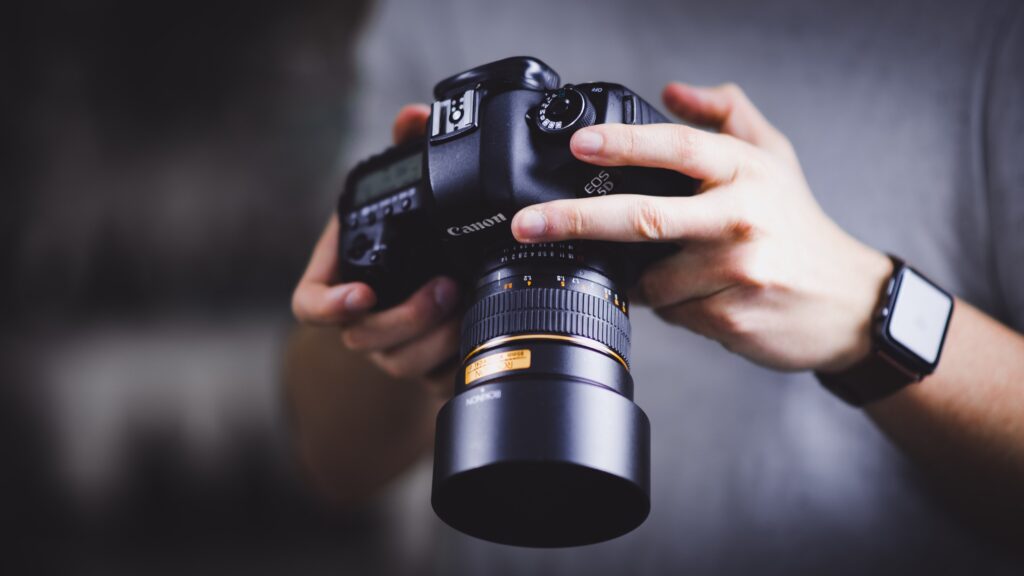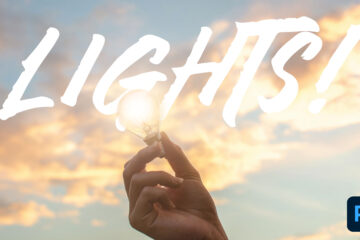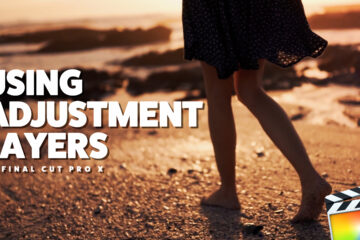First off, what is LOG?
If you are familiar with photography terms think of LOG, short for Logarithmic, as a camera RAW format but for video. In very simplistic terms, it gives you more information to play with when you are editing or color grading your video in post-production. When you filming in LOG you may notice how terrible the footage looks straight out of camera. The colors are washed out, little to no contrast, no sharpening, and you probably think you are doing something wrong but once you understand why it looks this way, you will understand how powerful it can be to use this format.
In a standard video you might see recorded on a DSLR, the light is divided into 256 levels (0 is completely black and 256 is completely white), each increment exactly the same space from the previous. When shooting in a LOG space, each brightness level is not the same distance from one another. This small change allows for a large number of gradients in the video spectrum. A LOG format is able to gather more of these gradients and lets you assign to them what you want in post-production. In short, the video looks horrible on the camera but you have way “flex” when editing like correcting dynamic range, color casts, hue, and saturation, etc.
Now, switching over to LOG format isn’t something that is a quick fix. Here are some things to think about when deciding to shoot in LOG.

Clip the Highlights and Not the Shadows
We have all heard the saying “expose for the right” and this still holds true for video when shooting in a LOG profile. If you are in need of more dynamic range, clipping the highlight, the whites in the image, will be much easier to bring back in post-production. If you were to clip the blacks or shadows, in your video, you will experience grain more easily.
10-Bit, not 8-Bit
When shooting in a LOG profile, you may notice some “banding” in your video depending on the situation. To get around this, set your camera to record in 10-Bit (if that is an option) and not 8-Bit. When shooting in 10-Bit, you are getting the video directly from the camera’s sensor without it having to compress the footage.
Don’t Mix LOG with other Camera Profiles
If you are shooting a two-camera setup make sure both cameras are set to record in the same LOG profile. The mean reason for this is it is very difficult to match the colors and tones of color graded LOG footage with a standard rec. 709 video clip.
LUT Previews Will Save You From a Headache
Even though you are shooting in a LOG profile it is good to use a LUT-style preview when you are watching the clip back on an external monitor. Your footage won’t be affected by this preview and you will still have the same editing capability in post-production but it will just save you the headache of constantly messing with the settings in order to make your footage look good.
LUTs Will Work Wonders on LOG Video
This might be a shameless plug but one of the fastest ways to make LOG video look great is the use of LUTs. Typically LUTs are designed with LOG footage in mind and you can even find LUTs that are created for your specific LOG profile.
Use Your Histogram, Not the Screen
Out of all of these tips, using the Histogram is the most important. Because your LOG footage is so washed out, you will start finding it hard to see the proper exposure if you are just using the LCD screen on the back of your camera. Using the histogram is a much better way to see exactly if you are getting proper exposure, especially in high dynamic range situations.


